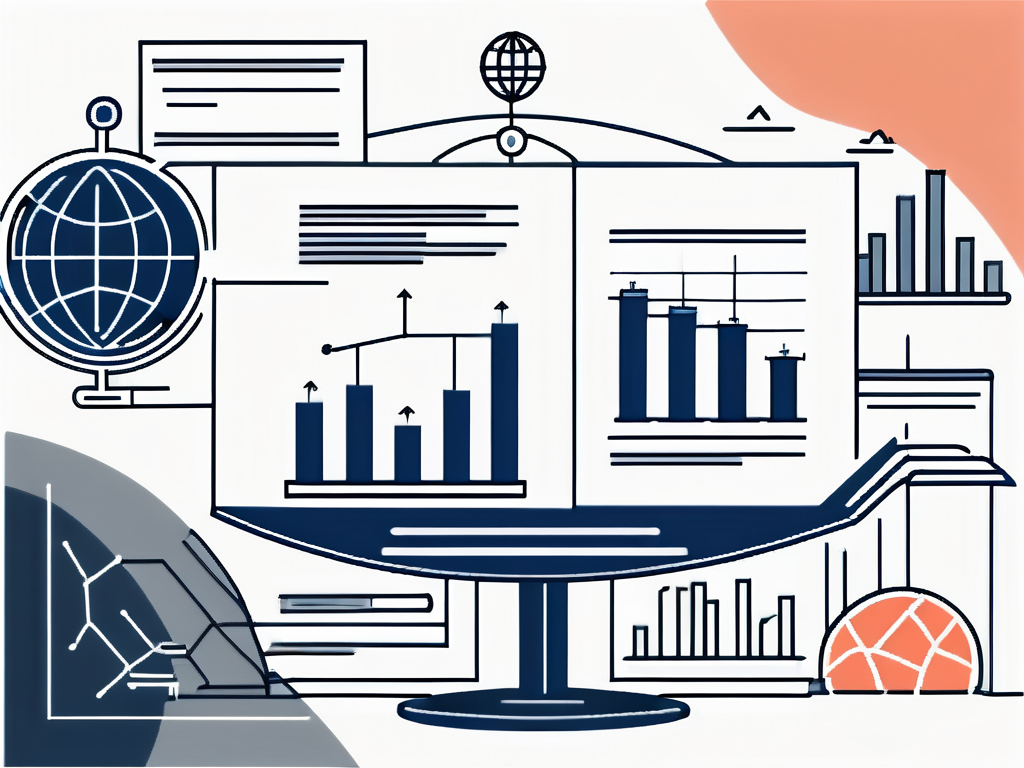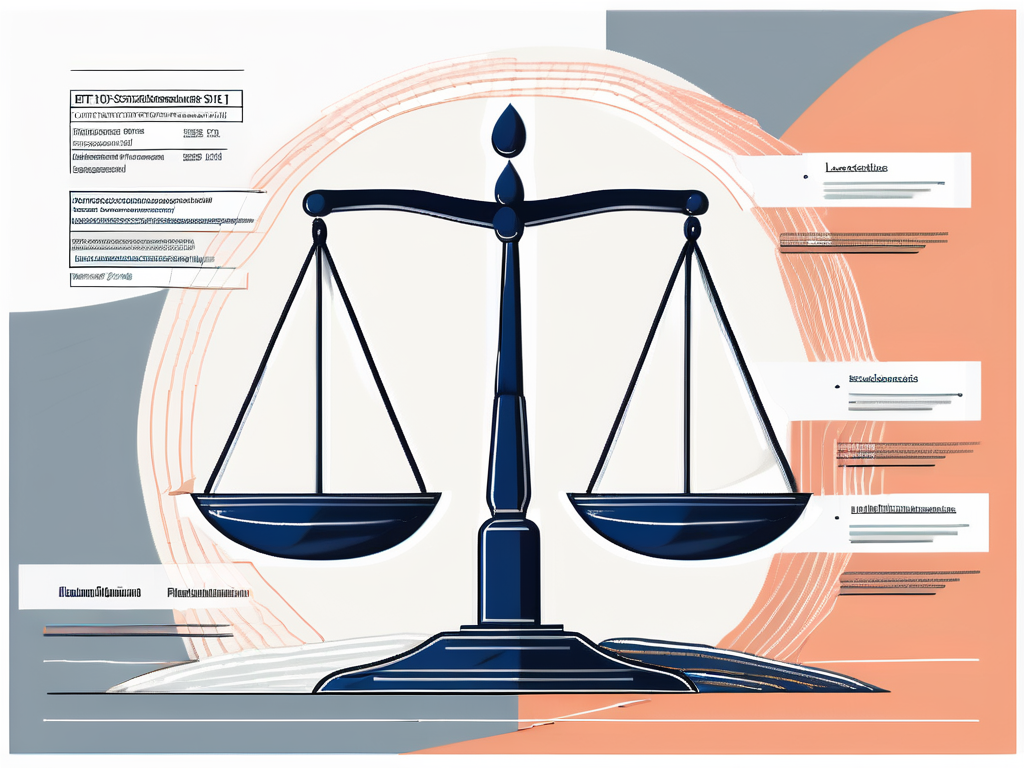
Understanding SFDR Article 6, 8, and 9: A Comprehensive Guide
In recent years, sustainable finance has emerged as a critical component of the global financial landscape. As governments and institutions worldwide focus on addressing environmental, social, and governance (ESG) risks, the European Union has taken a proactive stance by implementing the Sustainable Finance Disclosure Regulation (SFDR).
Understanding SFDR Disclosure Requirements
The Sustainable Finance Disclosure Regulation (SFDR) sets out a comprehensive framework for financial market participants and advisors to disclose Environmental, Social, and Governance (ESG)-related information to their clients. The regulation aims to foster transparency and comparability among financial products and services, empowering investors to make informed decisions based on sustainability considerations.

By promoting ESG integration, the SFDR seeks to address the growing demand for sustainable investments and ensure that investors have access to reliable and standardized information. This enables them to assess the potential impact of ESG factors on their investments and align their portfolios with their sustainability preferences.
Exploring the Details of SFDR Article 6, 8, and 9
Within the SFDR, Article 6, Article 8, and Article 9 hold particular significance. These articles define the different ESG-related disclosure obligations that financial market participants and advisors must adhere to.
Article 6 covers the disclosure requirements for products that do not promote environmental or social characteristics but consider sustainability risks. It mandates the provision of information on how sustainability risks are integrated into the investment decision-making process.
Article 8 relates to products that promote environmental or social characteristics. It stipulates that financial market participants and advisors must provide clear explanations of how these characteristics are met and the methodology employed in their investment decisions.
Article 9 applies to products with specific sustainability objectives, such as those that have a significant environmental impact or contribute to social welfare. It mandates the disclosure of information about sustainability targets, as well as how those targets are achieved and measured.
Demystifying SFDR Article 6: A Comprehensive Guide
One of the key areas of focus within the SFDR is Article 6. Understanding the details of this article is crucial for financial market participants and advisors aiming to comply with the regulation.
Article 6 requires the integration of sustainability risks into the investment decision-making process. It aims to ensure that financial market participants and advisors consider the adverse impacts of ESG factors on the value of investments and their performance. By doing so, investors can make informed decisions and assess the sustainability risks associated with investment products.
Financial market participants and advisors must disclose how they integrate these sustainability risks into their investment decision-making processes. This includes providing clear information on the procedures, methodologies, and models utilized, as well as any internal policies or practices that are employed to quantify and manage these risks.
Furthermore, Article 6 emphasizes the importance of ongoing monitoring and reporting of sustainability risks. Financial market participants and advisors are required to regularly assess the effectiveness of their integration processes and disclose any updates or changes made to their approach. This ensures that investors have access to up-to-date and relevant information to support their decision-making.
Complying with Article 6 of the SFDR not only helps financial market participants and advisors meet their regulatory obligations but also demonstrates their commitment to responsible and sustainable investing. By providing comprehensive and transparent disclosures, they contribute to the overall objective of the SFDR in promoting a more sustainable financial system.
The Connection Between EU Taxonomy and SFDR
Another crucial aspect of understanding SFDR is recognizing the connection between the regulation and the European Union Taxonomy.

Navigating the Relationship Between EU Taxonomy and SFDR
The EU Taxonomy is a classification system that aims to establish a framework for identifying environmentally sustainable economic activities. It provides investors with a common language and criteria for assessing whether an economic activity is environmentally sustainable.
The SFDR and the EU Taxonomy are closely interconnected. In fact, the SFDR explicitly references the EU Taxonomy Regulation. The EU Taxonomy sets out the criteria for determining whether an economic activity is environmentally sustainable, while the SFDR ensures that financial market participants and advisors disclose how they consider these criteria in their investment decision-making processes.
Furthermore, the EU Taxonomy Regulation covers six environmental objectives: climate change mitigation, climate change adaptation, sustainable use and protection of water and marine resources, transition to a circular economy, pollution prevention and control, and protection and restoration of biodiversity and ecosystems. This comprehensive approach ensures that a wide range of environmental considerations are taken into account when assessing the sustainability of economic activities.
It is important to note that the EU Taxonomy is still evolving, with ongoing efforts to expand its scope and criteria to cover more economic activities. This dynamic nature of the taxonomy reflects the continuous advancements in sustainable finance and the increasing importance of environmental considerations in investment decision-making.
Take Your Sustainable Finance Strategy Further with Responsibly
As you navigate the complexities of SFDR Articles 6, 8, and 9, the importance of robust supplier sustainability due diligence becomes clear. Responsibly is here to enhance your sustainable procurement and risk management efforts. Our AI-driven platform offers a comprehensive solution for understanding and improving the sustainability of your suppliers and supply chain. From human rights to decarbonization, Responsibly's due diligence process and automatic data analysis empower you to make informed decisions and excel in sustainable finance practices. Ready to elevate your ESG strategy? Book a demo with Responsibly today and discover how we can help you achieve your sustainability goals.

